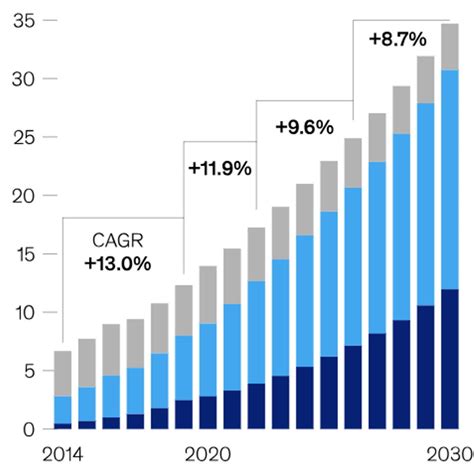Predicting Energy Needs in Blockchain: AI Perspective
The growing accepting of blockchain technology has caused concern about its environmental impact. One aspect of this concern is energy consumption, especially since more devices and systems are integrated into the network. In this article, we will investigate how artificial intelligence (AI) can be used to predict energy needs in Blockchain.
Why energy consumption is important
Growing demand for energy in the blockchain ecosystem has significant challenges for sustainability. As intelligent contracts are also applied, the total number of transactions increases exponentially, leading to a significant increase in energy consumption. According to estimates, the global blockchain network consumes approximately 2.5 teravata (TWH) of electricity per year. This causes concern about the impact of this environmental growth.
Current Methods of Energy Consumption
Traditional methods of predicting energy needs in Blockchain include:
1.
- Machine learning algorithms
: implementation of machine learning models learning from historical data to predict future energy use based on patterns and trends.
- Simulation Modeling : Using simulating tools to model blockchain network behavior and Energy consumption assessment over time.
AI role in energy consumption
Artificial intelligence (AI) can revolutionize the field of energy consumption:
- Analysis of complex data sets : AI algorithms can process large amounts of data, including transaction forms, use of trends and environmental factors.
- Identifying forms and anomalies : AI systems can detect unusual patterns or anomalies in data that may indicate changes in energy consumption.
- Predictions to future trends : When analyzing historical data and identify patterns, AI models can predict future energy -consumption trends.
AI techniques for energy consumption
Several AI techniques can be applied to predict energy needs in Blockchain:
- Deep learning models : Use deep neural networks to analyze complex data sets and identify relationships between variables.
2.
- Natural language processing (NLP) : Apply NLP technique for text data analysis such as transaction and environmental factors.
Application of Energy Consumption In Real World
The use of AI to predict energy needs in Blockchain has several applications in the real world:
- Energy consumption optimization : In analyzing historical data and identification of patterns, organizations can optimize energy consumption and reduce their carbon imprint.
- The prediction of the highest demand : AI models can provide superior demand periods, allowing utility services to prepare infrastructure and resources to agree.
- Identification of the Improvement Area : AI analysis can help identify areas where energy efficiency improvements can be increased, such as the optimization of the network latency or reduction of energy waste.
Challenges and restrictions

Although AI has the potential to revolutionize energy consumption in blockchain, different challenges and restrictions should be resolved:
- Quality and available data : ensure that the data is accurate, complete and relevant to training models key.
- Scalability : The development of scalable algorithms that can be pursued by large amounts of data is necessary.
3.

